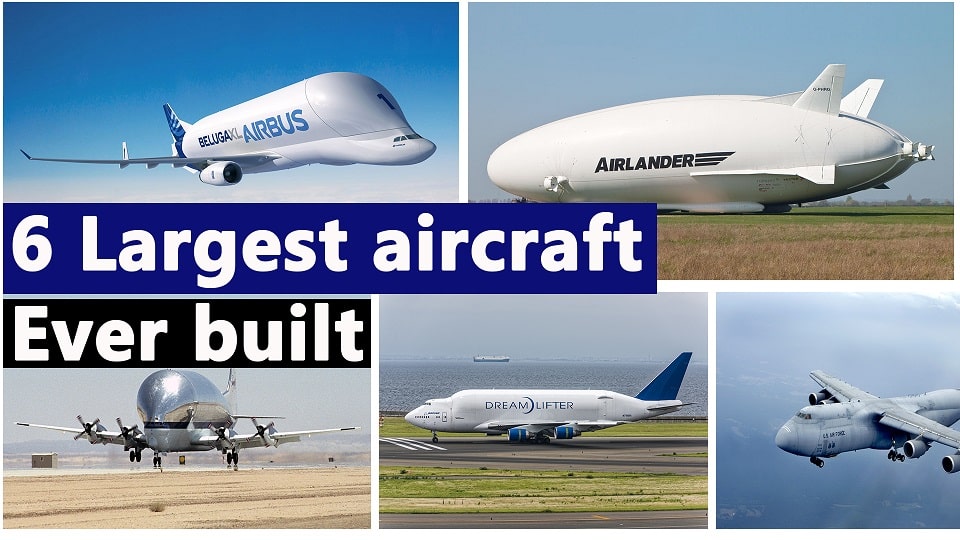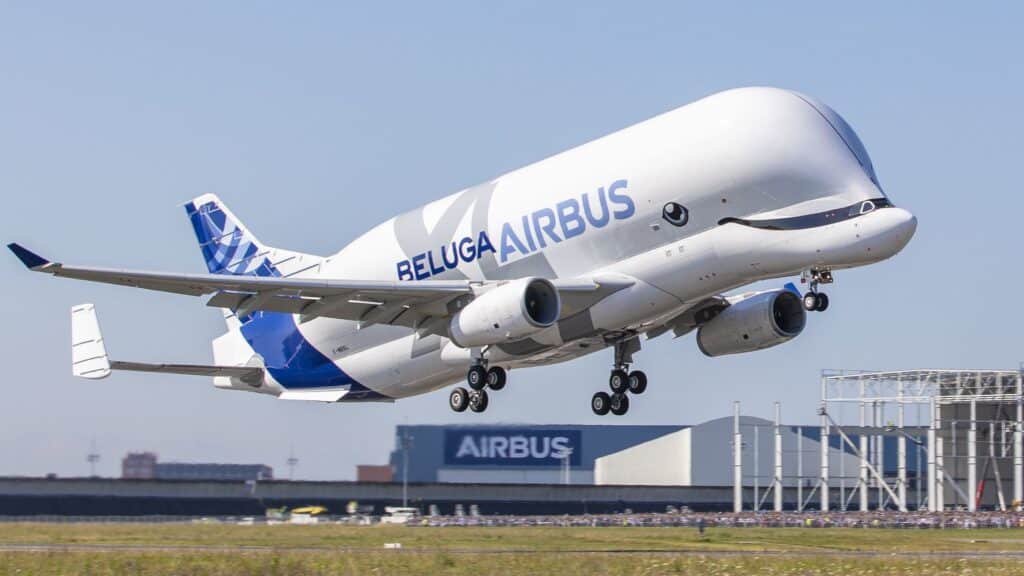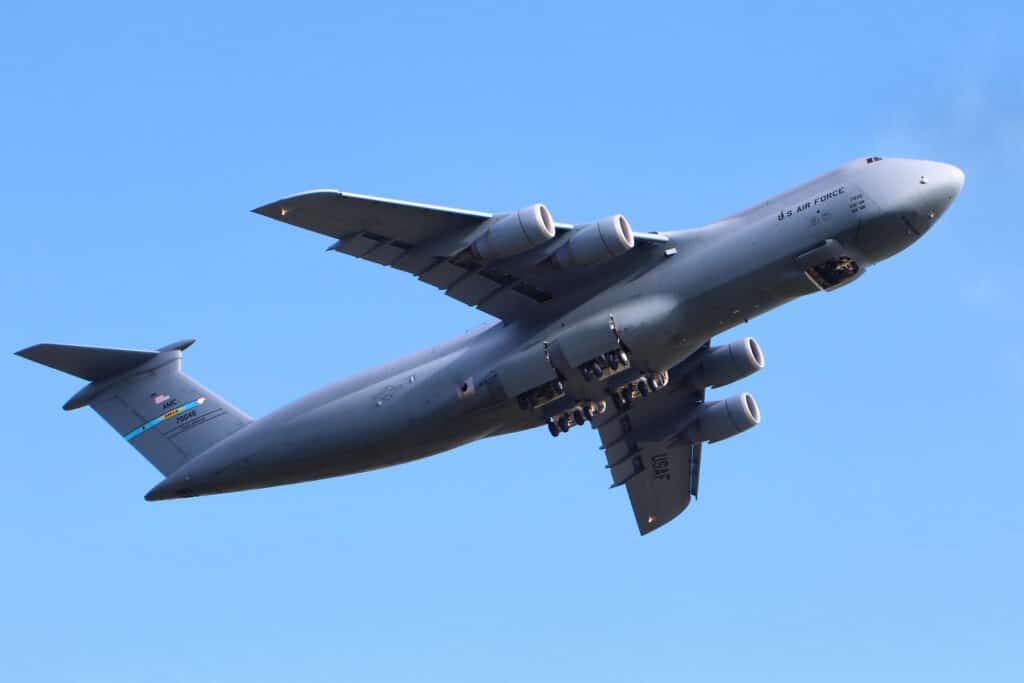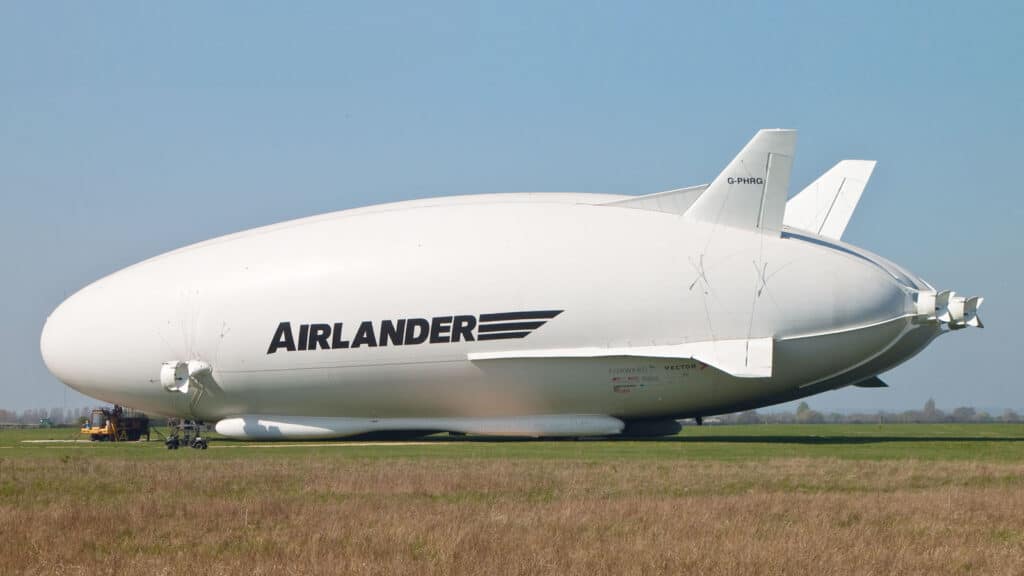Aviation
The six largest cargo aircraft ever built in the aviation industry
We have listed the six largest aircraft ever constructed for freight transportation. These aircraft were all built in surprisingly short timelines, and limited numbers and were kept in good condition.

We have listed the six largest aircraft ever constructed for freight transportation. These aircraft were all built in surprisingly short timelines, and limited numbers and were kept in good condition.
1. Antonov An -225 mriya
The largest cargo aircraft in the world at one time was the Mriya or Antonov An-225. During the most terrifying moments of the COVID-19 pandemic, it was regarded as an aviation wonder and looked to as a symbol of hope. However, on February 27, 2022, Russian forces were involved in a conflict with Ukraine and destroyed it. Mriya is a Ukrainian word that means “the dream.” Since it began operating in 1988. It will cost an estimated $3 billion to rebuild Mriya, according to Ukrainian aerospace and defense giant Ukroboronprom. The renovation, will be “time-consuming” and take more than five years.
With a 275-foot length, 288-foot breadth, and 59-foot height, the Antonov can accommodate six crew members. Additionally, it had six D-18T engines that were jointly constructed by Russia and Ukraine during the Soviet era. This aircraft can cruise at 850 km/hr.
Specifications
- Crew: 6
- MTOW: 640,000kg
- Maximum speed: 850km/h (460 kn)
- Power plant: 6 x progress D-18T turbofans
- Wingspan: 88 metres (288 ft)
- Length: 84 metres (275 ft)
- Height: 18.2 metres (59 ft)
- Cruise speed: 800 km/h
2. Lockheed C-5 galaxy
The Lockheed C-5 Galaxy is a large military transport aircraft designed and built by Lockheed, and now maintained and upgraded by its successor, Lockheed Martin in 1970. It provides the United States Air Force (USAF) with a heavy intercontinental-range strategic airlift capability and its maiden first flight in 1968. The current price of this aircraft is $167.7 million U.S. The C-5 is one of the biggest military aircraft in the world, and the C-5M Super Galaxy is an updated model with new engines and upgraded avionics that will extend its useful life until 2040 and beyond.
These four crew members are in charge of operating it. It is 247 feet in length, 222 feet in width, and 65 feet in height. Its maximum takeoff weight is 381 tonnes, and its maximum speed is 856 km/h. It is powered by four General Electric F138 turboprop engines, each of which is capable of producing 230 kN.
Specifications
- Crew: 7
- MTOW: 840,000 lb (381,018 kg)
- Maximum speed: 856 km/h (462 kn)
- Power plant: 4 × General Electric F138-100 turbofan engines, 51,000 lbf (230 kN) thrust each
- Wingspan: 67.89 m (222 ft)
- Length: 75.31 m (247 ft)
- Height: 19.84 m (65 ft)
- cruise speed: 830 km/h (450 kn)
3. Super guppy
A big, wide-bodied cargo plane called the Super Guppy is used to transport huge cargo components. Five were built in two variants, both of which were colloquially referred to as the “Super Guppy “and made its first flight in 1965.The Super Guppy is the only airplane in the world that has carried a complete S-IVB stage, the third stage of the Saturn V rocket. The Super Guppy performed this role several times during the Apollo program.
Super Guppy is a special aircraft with a length of 143 feet and a width of 48 feet that is operated by four crews. With a maximum takeoff weight of 77 tonnes and four Allison 501 turboprop engines, it had a total power output of 3,490 kW. and it is capable of 460 km/hr flight.
specifications
- Crew: 4
- MTOW: 170,000 lb (77,111 kg)
- Maximum speed: 460 km/h (250 kn)
- Power plant: 4 × Allison 501-D22C turboprop engines, 4,680 shp (3,490 kW) each
- Wingspan: 47.63 m (156 ft)
- Length: 43.84 m (143 ft)
- Height: 14.78 m (48 ft)
- Cruise speed: 410 km/h (220 kn)
4. Airlander 10
The hybrid airship known as Airlander 10 was created by the British company Hybrid Air Vehicles and known as the HAV 304. With four diesel engines driving ducted propellers, it flies utilizing both aerostatic and aerodynamic lift and is made out of a helium airship with auxiliary wings and a tail. For the Long Endurance Multi-intelligence Vehicle program of the US Army, the HAV 304 was first created. In 2012, it had its inaugural flight. Airlander 10 has a base price of $50 million, while models with full specs cost an additional $10 to $20 million.
The 302-foot-long and 85-foot-tall Airlander it is controlled by a single crew. in addition to having a maximum takeoff weight of 33.2 tonnes and a top speed of 148 km/h. It is driven by four 4-litre turbocharged diesel engines, each of which produces 242 kilowatts of power.
Specifications
- Crew: 1
- MTOW: 33,285 kg (73,381 lb)
- Maximum speed: 148 km/h (80 kn)
- Power plant: 4 × 4 litre V8 turbocharged diesel engines, 242 kW (325 hp) each
- Wingspan: 43.5 m (143 ft)
- Length: 92 m (302 ft)
- Height: 26 m (85 ft)
- Cruise speed: 148 km/h (80 kn)
5. Boeing 747 Dreamlifter
A wide-body cargo aircraft with significant modifications to the Boeing 747-400 airliner is called the Boeing 747-400 Large Cargo Freighter. The enormous aircraft, nicknamed as the Dream lifter, was created to fly medical supplies during the COVID-19 pandemic in addition to carrying parts for the Boeing 787 Dreamliner between Italy, Japan, and the United States. Its first flight was in 2006. An estimated cost of the Boeing 747 dream lifter is $ 232 million – $ 261 million U.S.

Image Courtesy : Airbus – The Airbus BelugaXL, built to transport large aircraft pieces, took off on its first flight Thursday from France’s Toulouse-Blagnac Airport
Its length is 235 feet, and its height is 70 feet. It has a maximum take-off weight of 364 tonnes, can be operated by two crew members and is propelled by four Pratt & Whitney turbofan engines, each of which is capable of producing 282 kilotons of torque.
Specifications
- Crew: 2
- MTOW: 364,235 kg (803,001 lb)
- Maximum speed: 878 km/h (474 kn)
- Power plant: 4 x PW 4062 turbofan (282 kN)
- Wingspan: 64.4 m (211 ft)
- Length: 71.68 m (235 ft)
- Height: 21.54 m (70 ft)
- Cruise speed: 878 km/h (474 kn)
6. Airbus Beluga XL
The Airbus BelugaXL is a large transport aircraft based on the Airbus A330-200F built by Airbus to replace the original, Airbus Beluga move oversized aircraft components, such as wings. The aircraft made its first flight on 19 July 2018. The BelugaXL entered service with Airbus on 9 January 2020. The program cost is €1 billion for development and production.
It measures 207 feet in length and 197 feet in width. It can be handled by two crew members, has a maximum take-off weight of roughly 227 tonnes, and can cruise at a speed of 737 kilometers per hour. It is propelled by two Rolls-Royce engines, each producing 316 Kilonewtons of thrust.
Specifications:
- Crew: 2
- MTOW: 227,000 kg (500,449 lb)
- Maximum speed: Mach 0.7
- Power plant: 2 × Rolls-Royce Trent 700 turbofan, 316 kN (71,000 lbf) thrust each
- Wingspan: 60.3 m (197 ft)
- Length: 63.1m (207 ft)
- Height: 18.9 m (62 ft)
- Cruise speed: 737 km/h (398 Kn)

Aviation
Airbus Enhances A350 Cabin with 10-Abreast Seating

Airbus has announced a new partnership with Jiatai Aircraft Equipment, a Chinese aircraft seating manufacturer, to supply upgraded economy-class seats for the A350 widebody series.
This collaboration, unveiled at the 2024 Airshow China, focuses on developing a newly designed economy seat tailored for the A350‘s New Production Standard (NPS) cabin.
One of the key features of the NPS cabin is the ability to accommodate 17-inch wide economy seats, compared to the previous 16.5-inch wide seats that airlines were limited to in the A350’s earlier configurations.
British Airways Unveils Its Brand-New First Class Cabin for the Airbus A380
This change is made possible by the expanded space in the NPS cabin, which is 35 inches longer and 4 inches wider than the previous version. This extra space is achieved by slightly moving the cockpit wall forward and shifting the rear pressure bulkhead back by one frame.
The wider cabin allows airlines to add up to 30 extra economy seats without compromising comfort. For airlines opting for a 3-4-3 seating layout, the 17-inch wide seats are an excellent choice for a more comfortable passenger experience. However, some airlines, such as Iberia, may choose to retain a 9-abreast layout with wider seats for added comfort.
The NPS cabin also offers enhanced flexibility for airline operators. One major advantage is the ability to easily switch between a 9-abreast and 10-abreast seating configuration without requiring significant downtime for aircraft reconfiguration. Airlines can use the same seat rails, tracks, and IFE interfaces, making the transition smoother and quicker.
Etihad Airways Unveils 10 Exciting New Routes for 2025
In addition, the design of the floor attachments and air-conditioning systems has been optimized for 10-abreast seating, meaning airlines can upgrade their cabins without needing to make substantial modifications to the aircraft’s structure.
Though it’s still unclear when Jiatai’s economy-class seats will be officially added to the A350’s Buyer Furnished Equipment (BFE) catalogue, the collaboration marks a significant step toward enhancing the A350’s cabin offerings.
With this partnership, Airbus is providing more seating options for airlines, ensuring that they can meet diverse customer needs while improving overall operational efficiency.
-

 Aviation2 months ago
Aviation2 months agoMicrosoft Flight Simulator Raises $3 Million to Bring Back the An-225 Mriya
-

 Airlines2 months ago
Airlines2 months agoQatar Citizens Can Travel to the United States Without a Visa
-

 Aviation2 months ago
Aviation2 months agoQatar Airways bans these new Electronic Devices on plane
-

 Airlines2 months ago
Airlines2 months agoJapan Airlines Rolls Out Free Domestic Flights to International Passengers
-

 Travel2 months ago
Travel2 months agoQatar Airways Launches Four Additional Flights from Amsterdam
-

 Defence2 months ago
Defence2 months agoWhich Country Has the Largest Fleet of Fighter Aircraft?
-

 Airport2 months ago
Airport2 months agoWestern Sydney Airport Welcomes Its First Plane After 6 Years of construction
-

 Airlines4 days ago
Airlines4 days agoDAMAC Air: Dubai’s New Luxury Airline Offers Free Flights for Registration












